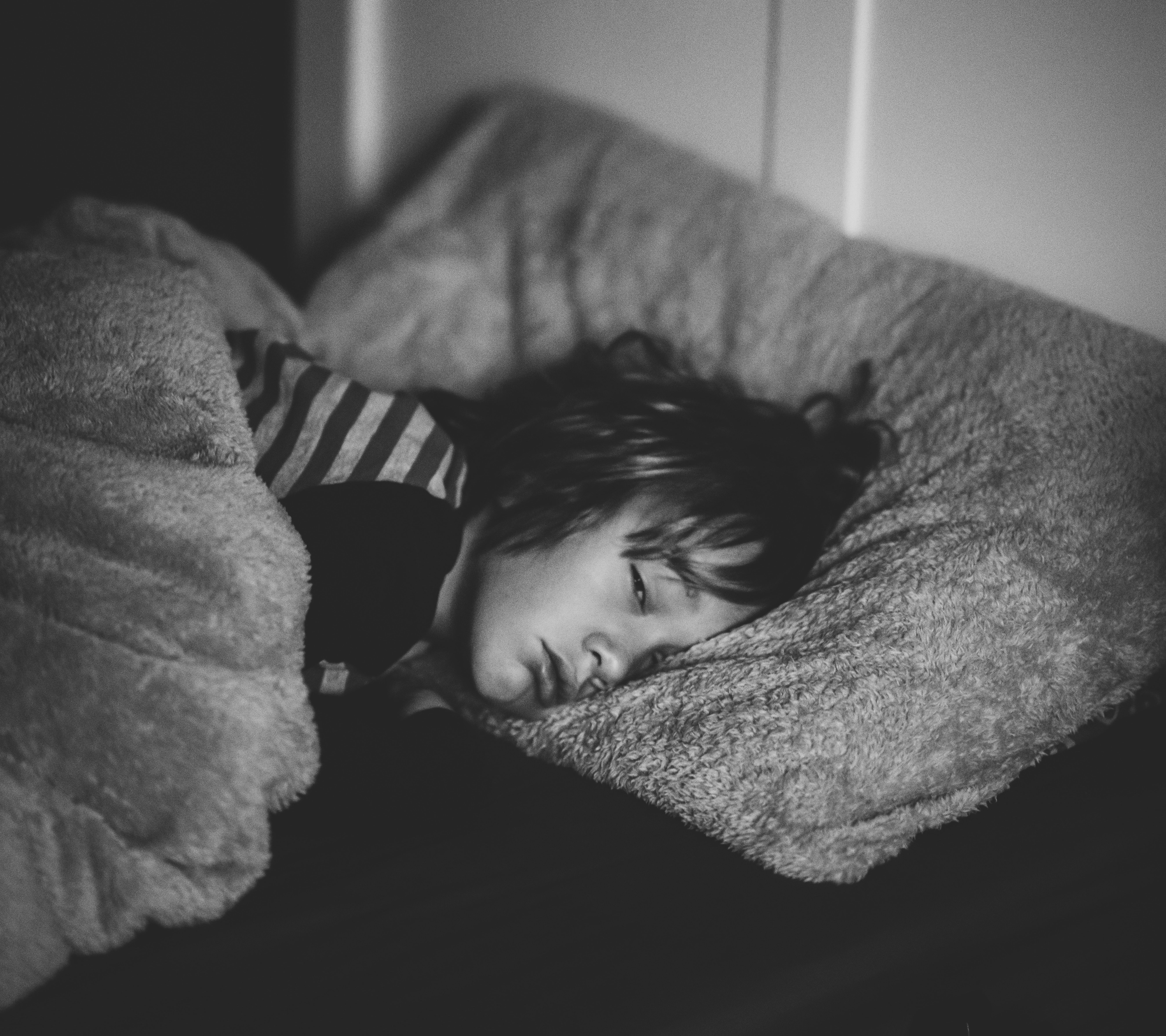 |
Sleep-wake patterns in children could play a role in myopia, a recent study showed. Photo: Annie Spratt on Unsplash. |
Editor’s Note: As part of our “Year in Review” retrospective, we’ve selected the top 30 news stories of the year and are re-sharing them as we close out 2023. Follow along as we count down to number 1!
This story was originally published April 10, 2023.
No. 16 biggest news story of 2023:
Sleep plays a crucial role in mental and physical health, especially during the developmental period. Perhaps unsurprisingly, several studies have suggested that irregular sleep-wake patterns in children may contribute to increased refractive error. Additionally, research has demonstrated a link between myopia and shorter sleep duration. To delve further into this potential correlation, researchers in China recently conducted a cross-sectional study on school-aged children and adolescents. Their findings confirmed that there likely is an association between irregular sleep-wake schedules and myopia risk.
A total of 30,188 students were recruited. Each filled out a questionnaire on sleep-wake schedules, and the presence of myopia was determined based on the age that children first reported using myopia-correction glasses or contact lenses. The researchers then performed multivariate logistic regression to examine the relationship between sleep-wake schedule and risk of self-reported myopia. An additional analysis stratified students by school grade.
The overall prevalence of myopia in the cohort was 49.8%. Primary, junior high and senior high school students had respective prevalence rates of 25.6%, 62.4% and 75.7%. The researchers observed a higher myopia prevalence among students with irregular vs. regular sleep-wake times. They noted that the following factors appeared to be associated with an increased odds ratio (OR) of self-reported myopia:
- nighttime sleep duration of less than seven hours/day (OR=1.27)
- no daytime nap (OR=1.10)
- irregular weekday bedtime (OR=1.11)
- irregular weekday wake time (OR=1.21)
- weekend bedtime delayed more than one hour/day (OR=1.20)
- weekend wake time delayed more than one hour/day (OR=1.11)
- irregular sleep-wake time on weekdays (OR=1.13)
- social jetlag (defined as the discrepancy in sleep time between weekdays and weekends) greater than one hour/day (OR=1.08)
These associations remained significant after adjusting for age, sex, grade, parental education level, family income, parental myopia and academic record and workload.
In the analysis stratified by school grade, the following were associated with self-reported myopia in primary school students: nighttime sleep duration <less than seven hours/day, no daytime naps and irregular sleep-wake time on weekdays.
The researchers proposed some possible explanations for the observed associations in their paper on the study, recently published in BMC Ophthalmology.
“During the day, the indoor environment is relatively dark. However, at night, artificial lighting not only increases the intensity of light above natural nighttime but also reduces the duration of darkness, which puts humans out of sync with natural circadian rhythms,” they explained in their paper on the study. “An observational study showed that using objective indicators in children could observe significant diurnal changes in multiple eye and systemic parameters within 24 hours, and the rhythms of the eye axis and choroidal thickness were approximately opposite.”
Additionally, the researchers cited a similar study performed on animals, which found that “exposure to midnight light altered the rhythm of the ocular axis and choroidal thickness, which may be associated with the occurrence of refractive error in the eyes,” they wrote.
Encouraging parents of younger patients to enforce a healthy sleep schedule could potentially reduce a child’s risk of developing myopia or help prevent the impact of insufficient sleep on refractive error. But what exactly is a “healthy” sleep schedule for children? The researchers noted that a child’s sleep schedule should ideally have the following:
- Sufficient duration (the American Academy of Sleep Medicine recommends nine to 12 hours/day for adolescents aged six to 12 years and eight to 10 hours/day for those aged 13 to 18 years)
- Proper and regular timing
- Good quality
Additionally, sleep disorders and other obstacles to a healthy sleep schedule should be addressed whenever possible.
“Investigating and understanding irregular sleep-wake schedules in modern society could be an effective approach to understanding and preventing myopia,” the researchers concluded in their paper. “Longitudinal cohort studies or randomized controlled trials that use objective sleep measures of community-based sleep education intervention should be conducted to further clarify myopia’s etiology.”
Xu S, Zong Z, Zhu Y, et al. Association between sleep-wake schedules and myopia among Chinese school-aged children and adolescents: a cross-sectional study. BMC Ophthalmol. 2023;23:135. |


